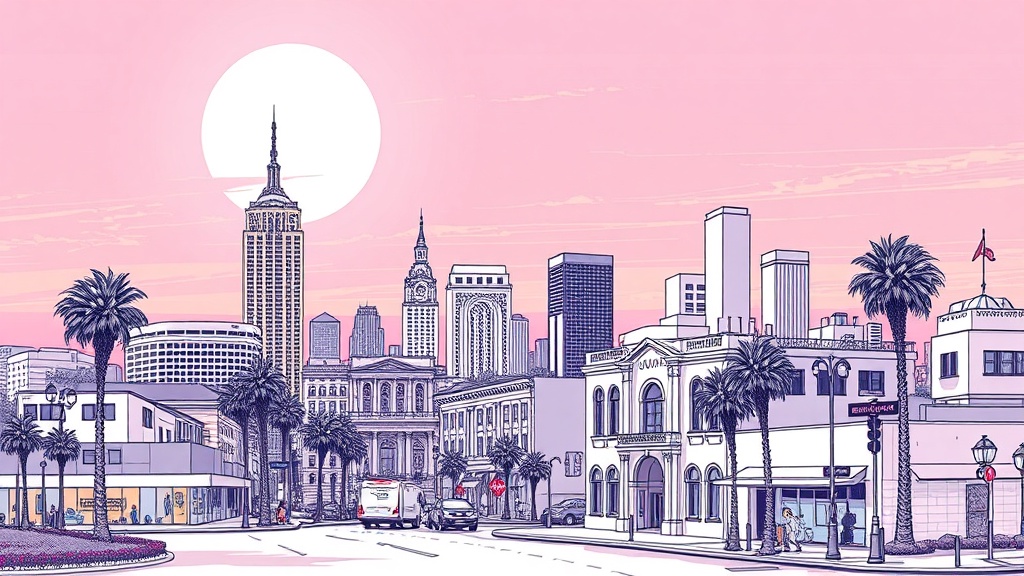Rooftop Gardens and Urban Greening: How Los Angeles Is Cooling Down and Growing Food
Los Angeles faces a particular mix of challenges: intense heat in dense neighborhoods, limited open land, and unequal access to fresh food. Urban greening — especially rooftop gardens and small-scale agriculture — is emerging as a practical, scalable way for the city to become cooler, healthier, and more resilient.
Why rooftop gardens matter for LA
– Heat reduction: Green roofs and extensive planting reduce the urban heat island effect by shading surfaces and evaporative cooling. That helps lower building temperatures and cuts air conditioning demand.
– Stormwater management: Planting media and vegetation absorb rainfall, slowing runoff and reducing pressure on storm drains during heavy storms.
– Air quality: Plants capture particulates and help filter pollution, contributing to the cleaner air many Angelenos want.
– Food access and community benefits: Rooftop farms and community gardens supply fresh produce to neighborhoods that may lack grocery options, while creating community spaces and educational opportunities.
Design tips that work for LA roofs
– Lightweight systems: Use modular, lightweight trays or shallow substrate for roofs with limited structural capacity. These are easier to install and maintain.
– Drought-tolerant and native plants: Choose species adapted to Southern California’s Mediterranean climate to minimize irrigation needs. Mediterranean natives and succulents are low-maintenance and resilient.
– Edible mixes: Combine herbs, leafy greens, and shallow-rooted vegetables with ornamentals to balance aesthetics, harvest yield, and biodiversity.
– Shade and heat mitigation: Incorporate pergolas, shade sails, or fast-growing vines to increase surface shading and outdoor comfort.
– Water-smart irrigation: Drip systems with timers or moisture sensors conserve water. Capture and reuse graywater where local regulations allow.
Community and policy levers
City incentives, nonprofit partnerships, and utility rebate programs have helped lower barriers for building owners and community groups.
Shared-cost models — where a developer or institution partners with a nonprofit to operate a rooftop farm — can turn underused roofs into neighborhood assets without large upfront costs for residents.
Neighborhoods that prioritize rooftop and community gardening often see broader benefits: reduced energy costs in adjacent buildings, more local food distribution points, and new volunteer and job opportunities tied to urban agriculture operations.
Getting started for residents and building owners
– Assess roof capacity with a structural engineer to identify suitable locations.
– Start small with container gardens on terraces or balconies while piloting larger rooftop concepts.
– Partner with local gardening organizations or urban-agriculture nonprofits for expertise and volunteer labor.
– Explore city or utility programs that may offer grants, technical assistance, or rebates for green infrastructure.
– Engage neighbors early to build shared stewardship, scheduling, and harvest plans.
Future-facing benefits
Urban greening moves beyond aesthetics.
When deployed strategically across rooftops, parking lots, and public spaces, green infrastructure becomes a distributed cooling and water-management system. It can help neighborhoods withstand heat waves, support local food systems, and make streets and rooftops more inviting.

For Angelenos looking to make a tangible difference, gardening vertically and on rooftops offers a visible, measurable way to contribute to climate resilience and community well-being.
Whether you manage a large commercial roof or maintain a balcony planter, every green patch helps cool the city and feed its neighborhoods.